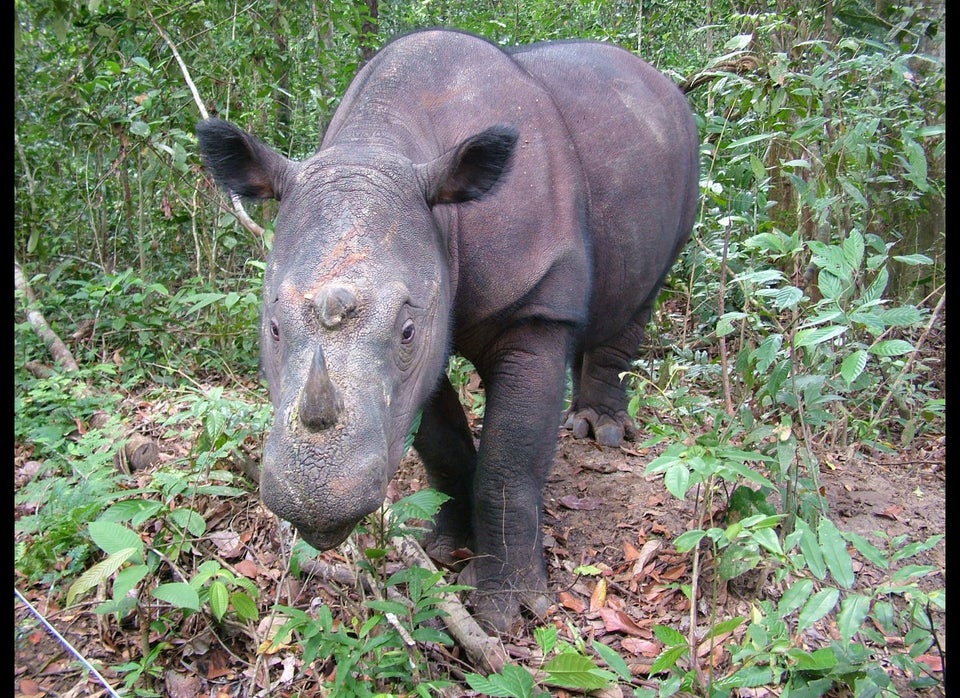
By Brendan O'Brien
April 10 (Reuters) - Bats in Wisconsin and Michigan have been infected with a disease that has killed millions of the mosquito-eating mammals elsewhere in the U.S. and could have a detrimental impact on farming and forestry, wildlife officials said on Thursday.
White-nose syndrome appeared in five small brown bats collected in February and March in northern Michigan during routine surveillance, the state's Department of Natural Resources said in a statement.
"Even though we've known this disease was coming, it is a disappointing day," said Dan O'Brien, a department wildlife veterinarian.
Two bats in Wisconsin tested positive for the fungal disease after they were collected in a mine during winter surveillance in Grant County, near the Illinois border, where the disease was confirmed in 2012.
White-nose syndrome is mainly spread from bat to bat, but it is also possible for humans to transport spores via clothing and gear from fungus contaminated sites such as caves and mines.
Named for the white fuzz that appears on the nose, wings and tail, the disease frequently causes hibernating bats to wake from the inert state, according to the Wisconsin officials. That depletes their stored energy reserves and can cause them to starve or become dehydrated before spring arrives.
In an effort to slow the spread of the disease in Wisconsin, several caves in that state have been closed for several years and recreational cavers have been asked to follow decontamination procedures.
Those steps helped delay the arrival of the disease "but we knew there would be no dodging the bullet," said Erin Crain, director of Wisconsin's Department of Natural Resources bureau of endangered resources.
Since its discovery in 2006 in an upstate New York cave, white-nose syndrome has infected 11 species and killed more than six million bats in 23 states, wildlife officials said.
Wildlife officials in Wisconsin said up to 95 percent of bats in contaminated caves and mines in other states have died.
Michigan officials said a reduction in the bat population could lead to an increase in pests that are harmful to crops and trees and could ultimately hurt agriculture and commercial forestry industries.
Bats also eat insects like mosquitoes that transfer diseases such as West Nile Virus, wildlife officials in Wisconsin said. (Reporting By Brendan O'Brien in Wisconsin; Editing by Barbara Goldberg and Gunna Dickson)

